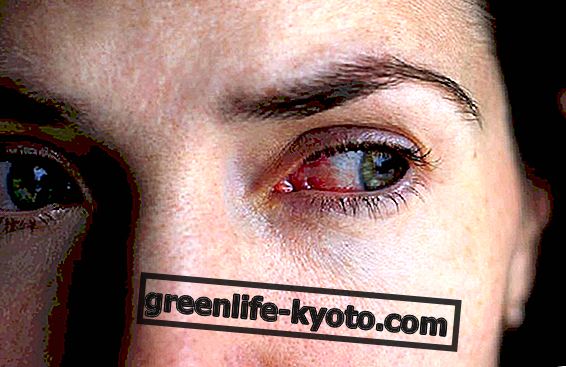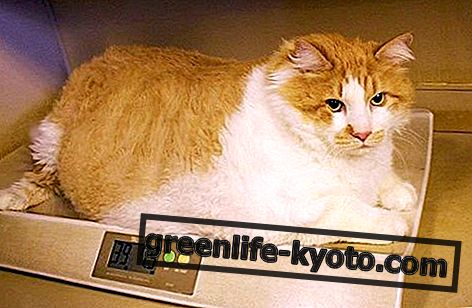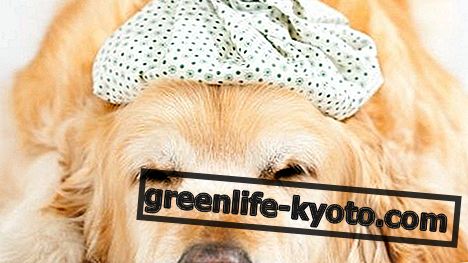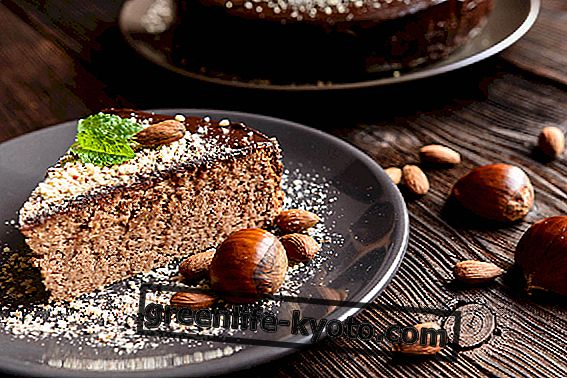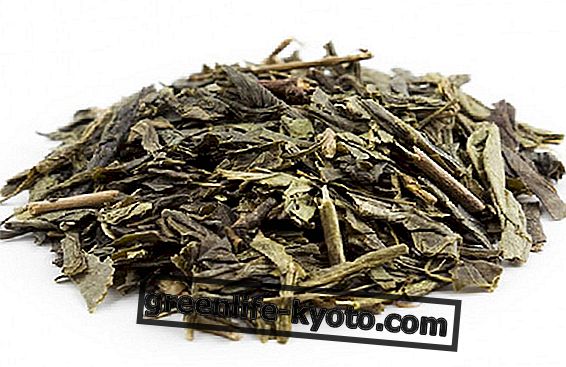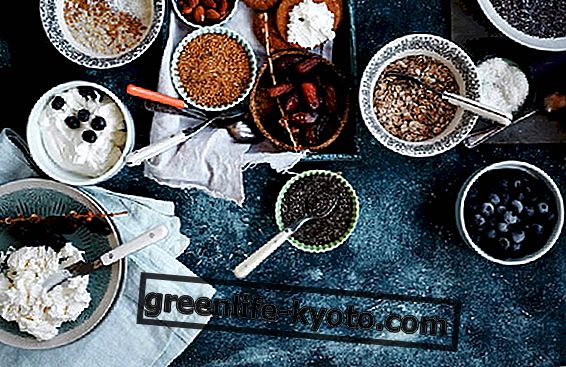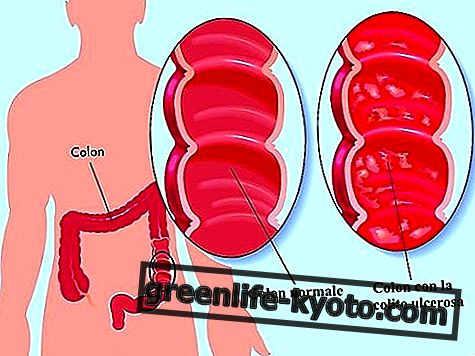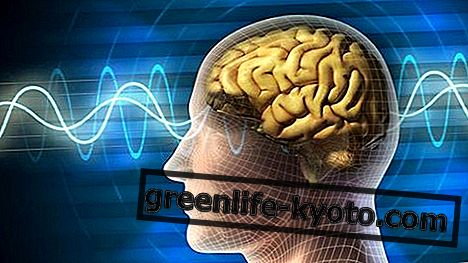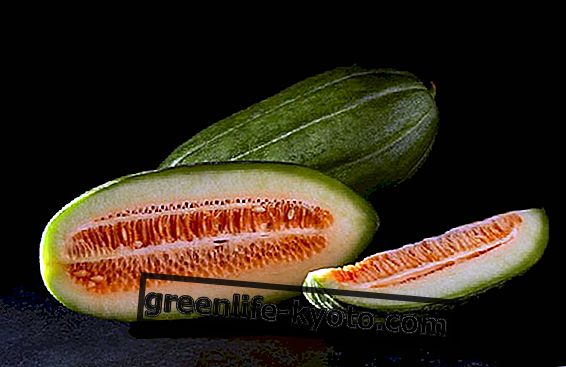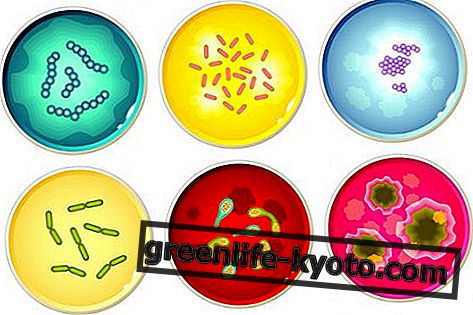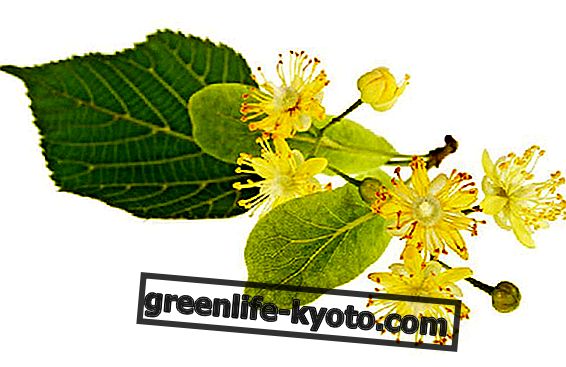Organotherapy is a holistic discipline that treats an organ, a gland or a tissue by administering one of its derivatives. Let's find out better.
>
>
>
>
>
>
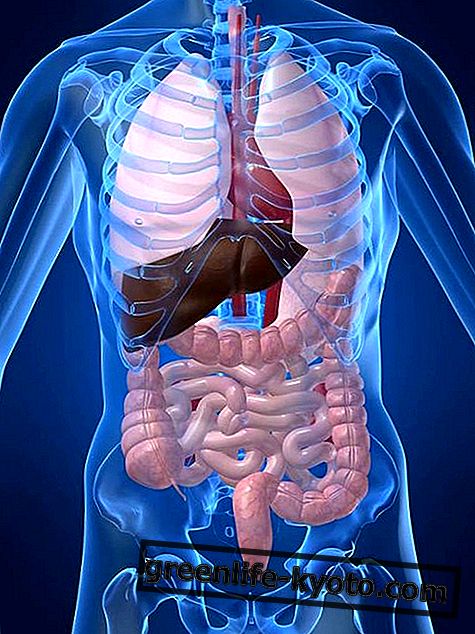
What is organotherapy?
Organotherapy or organic isopathy is a therapeutic practice belonging to non-traditional medicine. It is an omeo-organo-dynamic therapeutic method that treats an organ, a gland or a tissue by administering one of its derivatives, that is tissue or glandular homologous extracts, appropriately diluted and dynamized, in order to correct the altered functioning. Hahnemann was the first to use fox liver extract and mouse extracts, after which his results were carried out by the German doctor Gross . France also made its contribution, thanks to doctors such as Flasschoen and, more recently, doctors Bergéret and Tétau, Bernoville and Martiny.
Various types of organotherapy exist: a conventional organotherapy, which makes use of extracts of organ or tissue derived from animal or human by conventional medicine (blood transfusion, gammaglobulins, liver extracts, adrenal extracts, hypothalamic phospholipids, dried endocrine glands, etc .); a homeopathic organotherapy, which uses the organs of homeopathic and dynamized diluted animals; a homotoxicological organotherapy : conceived by Reckeweg, a doctor who had considered the structural and biochemical similarity between human and pig organs.
How does it work?
The organotherapy is a biotherapy for which the organotherapeutic preparations are now generally extracted from animals such as pigs and rams with the technique of micro-fertilization; the main condition in choosing the donor animal is the antigenic compatibility between the donor animal and the man who uses the derivatives. Often the organotherapy is confused with opotherapy : but the first is an organ stimulation therapy, while the second is a replacement.
The organotherapy is based on two fundamental principles:
- The organ acts on the organ.
- Triphasic activity of the organotherapeutic remedy
The applied dosage is expressed in centesimal Hahnemaniane (CH), in which in addition to the dilution the dynamizing method is applied, therefore we will have:
• low dilutions at 4 or 5 CH a stimulating action is obtained:
• medium dilutions to 7 CH a regulatory action is obtained;
• high dilutions at 9 CH an inhibiting, blocking action is obtained.
What disorders cures organotherapy
The organotherapy is born as a technique reserved for organic pathologies, the organotherapeutic message maintains its quantitative nature, unlike the homeopathic one, it is specific because it is antigenic and by nature not harmful in itself. This technique has different fields of application, but they are above all used in the case of chronic and degenerative diseases, dysfunctions of various kinds (for example thyroid), in functional organ failure and in geriatrics .
Who is organotherapy designed for?
Organotherapy is designed for anyone who wants to opt for an alternative choice to revitalize the body, especially in elderly and chronically exhausted people, as part of a holistic biological therapy. As seen, homeopathized animal organ preparations are used in diseases of human organs homologous mostly in association with other drugs. This type of therapy may be indicated for those with dysfunctions of the erythropoietic system, that is, the formation of red blood cells; alterations of lipid, glycidic and protein metabolism, or malfunctioning of the metabolism of minerals and liver functions, of the pancreas and of the various glands of the human body.
The law in Italy and abroad
Organ preparation therapy has a long tradition in many European countries, including Germany and France. In Italy the regulations on the production of drugs with components of animal origin are established by the Ministry of Health . All pigs intended for organ donation for the production of homeopathic medicines belong to a type of farming "specifically free of pathogens", are isolated and used only for this purpose. Before being slaughtered, the animals are visited by the appointed Health Officer. The organs and tissues taken, once the results of all the analyzes are known and have obtained authorization from the Quality Control (standard 42 of the Homeopathic Pharmacopoeia), are cataloged as a protein substance and stored in glycerol; subsequently, starting from the mother tincture, successive dilutions are carried out up to the degree of power indicated by the Homeopathic Pharmacopoeia. For the rest, the law is that which generally concerns homeopathy, for which even today it is being discussed in Parliament.
Associations and reference bodies
Organotherapy is considered part of homeopathy In Italy there are many organizations and associations in this regard, the most specific is Siomi that allows you to receive updates and clarifications on the various developments of homeopathic science and related therapies.
